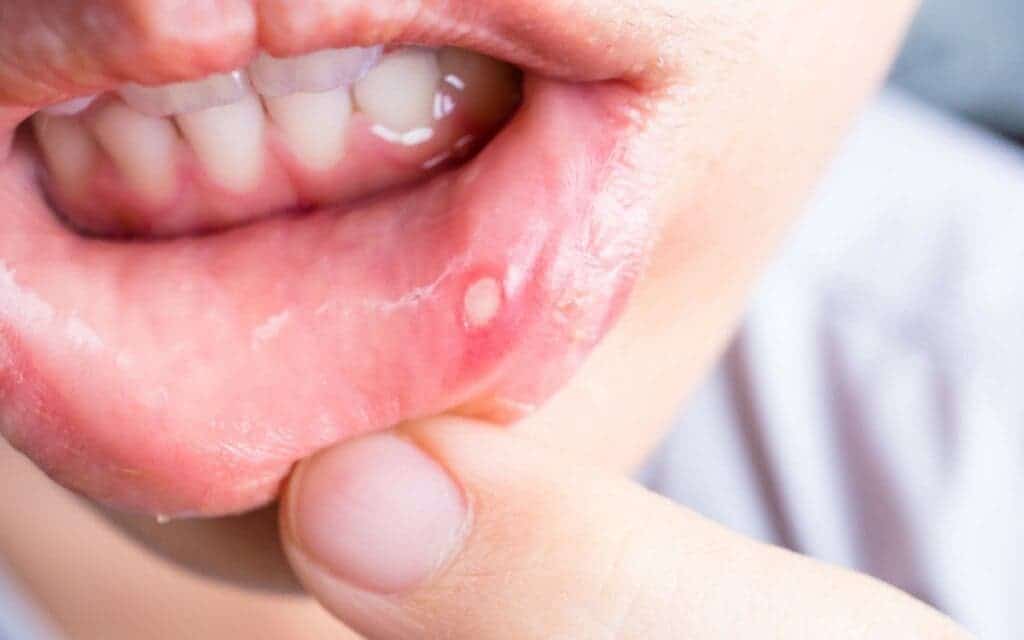The herpes virus that commonly causes cold sores became widespread at the start of bronze age migrations, and could have received a boost from the kissing that came with it, a new study found. Apparently, the variant we have today overtook all others around 5,000 years ago.

Cold sores are a common viral infection. They show up as small blisters on or around the lips, often grouped together in patches. They spread from person to person by close contact such as kissing and are caused by the herpes simplex virus, which two-thirds of the population have. Most cold sores heal in two or three weeks without leaving a scar.
The virus has a history that goes back millions of years, with forms of it infecting diverse species, from corals to bats. Despite its contemporary prevalence among humans, scientists have had a hard time finding ancient examples of HSV-1, the most common type of the herpes virus. Now, a new study by Cambridge researchers struck herpes gold.
“Facial herpes hides in its host for life and only transmits through oral contact, so mutations occur slowly over centuries and millennia,” Charlotte Houldcroft, co-author said in a statement. “We need to do deep time investigations to understand how DNA viruses like this evolve. Previously, genetic data for herpes only went back to 1925.”
Tracing back herpes
The researchers were able to hunt down herpes in the remains of four individuals, stretching over a 1,000-year period, and extract DNA from the roots of teeth. At least two had gum disease and a third smoked tobacco. The oldest sample was from an adult male excavated in Russia around 1,500 years ago
Two other samples were from Cambridge, UK. A female from an early Anglo-Saxon cemetery, dating from 6-7 centuries CE, and a young adult male from the late 14th century, buried on the grounds of a medieval hospital. The final sample came from a young adult excavated in Holland, likely killed by a French attack on his town in 1672.
The analysis of the DNA from these four individuals showed that the herpes virus back then was very similar to the virus seen today and could be traced back to the Bronze Age. The timing matches with mass migration into Europe from the grasslands of Eurasia and population growth that would have increased the spread rates of the virus.
But there’s another factor that could have come into play, the researchers said. The earliest known record of kissing is from a manuscript from South Asia from the Bronze Age. Kissing likely arrived with the westward migrations, providing a route for the virus to spread. Until then, herpes was passed on from mother to child, limiting its spread.
“Every primate species has a form of herpes, so we assume it has been with us since our own species left Africa. However, something happened around five thousand years ago that allowed one strain of herpes to overtake all others, possibly an increase in transmissions, which could have been linked to kissing,” co-author Christiana Scheib concluded.
The study was published in the journal Science Advances.









